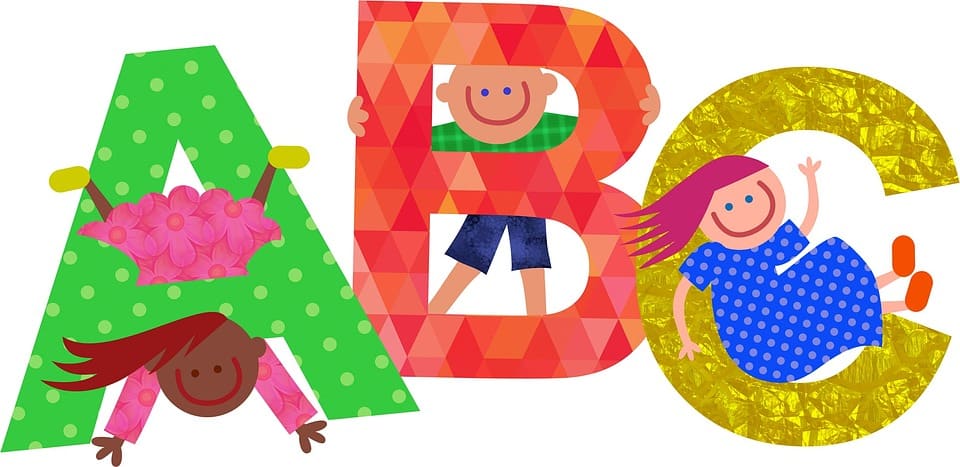
Progress uneven when it comes to preschool in the U.S.
Washington Township is clearly proud of its preschool program.
Described by the township as creative learning, the full-day program began in late 2021 with $1.1 million in aid from the state. It enters its third year in the fall.
“It’s been fabulous,” said Gretchen Gerber, the school district’s director of elementary education.
But with a projected enrollment of 236 to 285 students for 2023-’24, the need for preschool remains, as it does across the U.S.
New Jersey is somewhat ahead of the curve. Since Gov. Phil Murphy took office in 2018, preschool programs have been introduced in more than 160 school districts, making room for about 12,000 additional children, according to a press release.
Late last month, the governor’s office announced that $120 million in grants – part of which comes from the federal American Rescue Plan Act – would be allocated for preschool in 16 more state districts. That follows an infusion of about $11 million in school systems that included Westampton, Gibbsboro, Lawnside and South Harrison townships.
The result was 1,081 new openings for preschoolers.
“Expanding access to free, full-day preschool programs represents an investment in the future of New Jersey’s children,” Murphy noted.
That “investment” can be crucial for a child’s development. Among the benefits of preschool are increased vocabulary and other skills such as pre-math that can teach counting, sorting and recognizing patterns, according to whitehouse.gov.
Along with preparation for primary school, preschool helps children socialize and make friends and learn a regular routine. They also learn respect for adults and other children and even how to handle themselves in stressful situations, according to childcare.gov, a national portal for child-care services overseen by the federal Department of Health and Human Services.
But national data from a 2020 study show that while progress in some states like New Jersey has been made, other parts of the country lag behind, according to the National Institute for Early Education Research (NIEER). Its data shows that 34% of American 4 year-olds attended preschool in 2019, far behind 60% in Canada and 90% in the European Union.
Nationally, NIEER estimates $12 billion is needed to improve the quality of existing preschool programs that serve about 1.6 million, with $30 billion necessary to expand access to high-quality preschool for low-income 3- and 4-year-olds. Another $32 billion would be required to serve all kids in that age group.
But while total state funding for preschool programs surpassed $9 billion for the first time across 44 states and D.C., in 2019-2020 – an average of $5,499 per child – the nation has a ways to go.
Washington Township is getting there. For the long term, its goal is to continue expanding preschool programming until it reaches at least 90% of 3- and 4-year-olds within five years.
“Our vision is to develop an inclusive preschool community where all students feel safe,
respected, and encouraged to develop to their fullest potential,” Gerber said, “while learning in a stimulating and welcoming early-childhood environment.”









